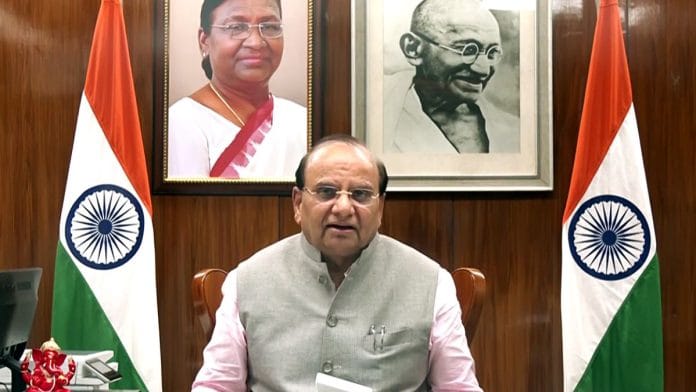New Delhi: Delhi’s Lieutenant Governor V.K. Saxena has directed the state government to weigh the possibility of incorporating layered plantations, Miyawaki forests and aquatic forests in the capital for maximum land utility.
In a review meeting with Delhi government officials, Saxena assessed the afforestation plan for Delhi, in which a target of 67 lakh trees and shrubs have been set for the year.
Miyawaki forests, a technique named after the Japanese botanist Akira Miyawaki, is an afforestation technique for cultivating fast-growing native plants with mixed varieties planted in a limited piece of land. Over a period of time, these forests become self-sustaining. It is also a quick greening technique.
With the monsoon onset in Delhi, government agencies on the central and state levels have started large-scale plantation drives across public lands. Last year, a statement from the L-G office said that over 5 lakh trees had been planted at the Asola Bhatti Wildlife Sanctuary.
An additional lakh trees, including varieties such as the cherry blossom, were also planted in the city in the run-up to the G-20 Summit last year.
An official from the Delhi government’s forest department said that this year the plantation will be focused around roadsides, boundaries of government institutes and offices, along with vacant government lands. Native, fruit and flower bearing varieties will be encouraged.
Saplings will also be available at all government nurseries for the public free of cost.
“These saplings will be available in biodegradable pots, which can be dissolved in water or in the soil itself after plantation. This is being done to reduce the use of plastic,” the official said.
(Edited by Zinnia Ray Chaudhuri)
Also read: Bootleggers, smugglers, and forest rangers—the hidden war in Delhi’s wildlife sanctuaries






